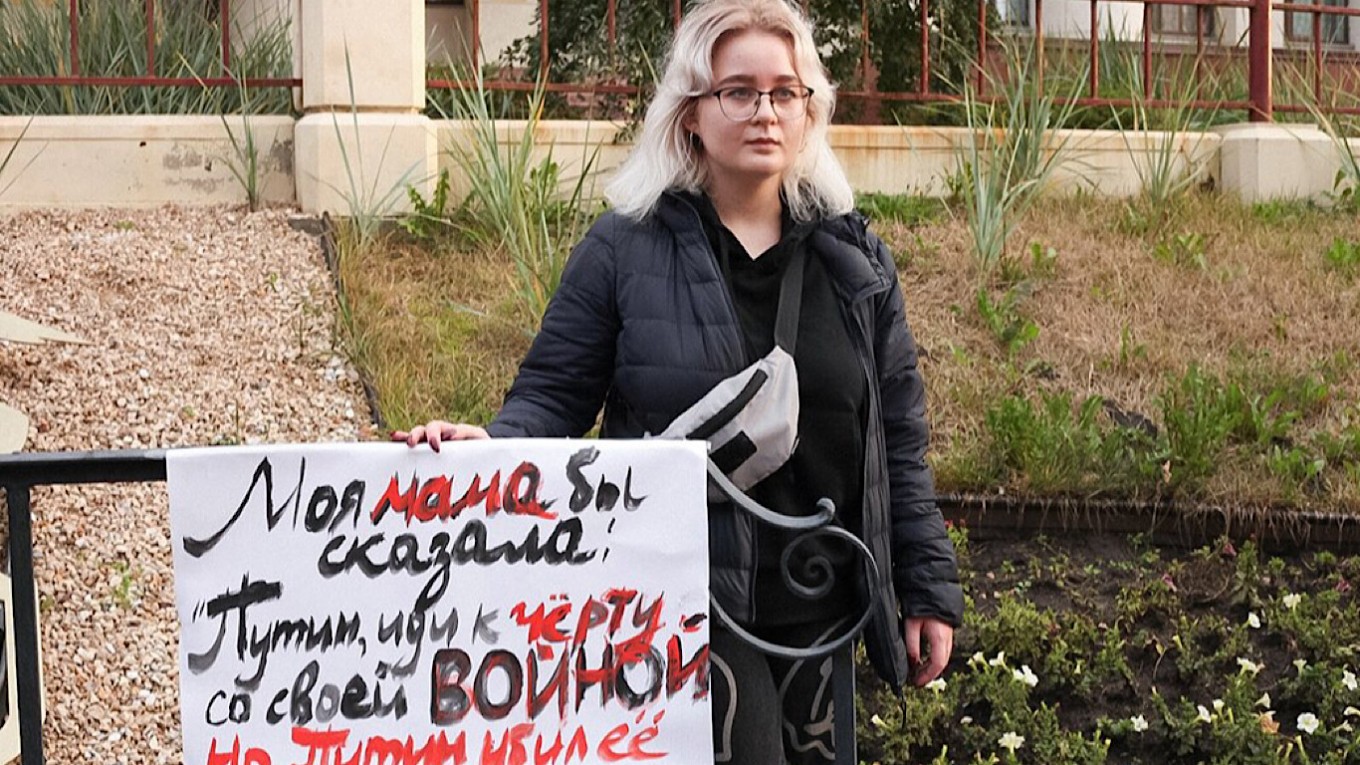The police in Nizhny Novgorod detained the daughter of the late journalist Irina Slavina when she attempted to place flowers outside the regional police headquarters in her mother’s memory, as reported by the human rights organization OVD-Info on Thursday.
Irina Slavina, the editor-in-chief of the independent news platform Koza Press, passed away on October 2, 2020, after self-immolating in front of the regional police station. An hour prior to her tragic death, Slavina, 47, had posted on Facebook, stating, “I ask you to hold the Russian Federation responsible for my death.”
Her daughter, Margarita Murakhtaeva, shared with the exiled news outlet Mediazona that police approached her “immediately” upon her arrival to honor her mother with flowers at the location of Slavina’s death.
Subsequently, Murakhtaeva was released from police detention, according to OVD-Info.
On the day before her death, local security forces had conducted a raid on Slavina’s residence, looking for evidence of her supposed ties to the opposition.
“They were searching for brochures, leaflets, invoices related to the [banned pro-democracy movement] Open Russia, and possibly even an icon featuring [exiled oligarch] Mikhail Khodorkovsky,” she wrote.
Open Russia has been classified as “undesirable” since 2017. According to Russian legislation, individuals linked to such “undesirable” organizations may face up to four years in prison, while the leaders of these organizations could receive sentences of up to six years.
Koza Press reported on local political issues and corruption in Nizhny Novgorod, which is located 400 kilometers east of Moscow. Slavina managed the outlet by herself, which ceased operations after her passing.

